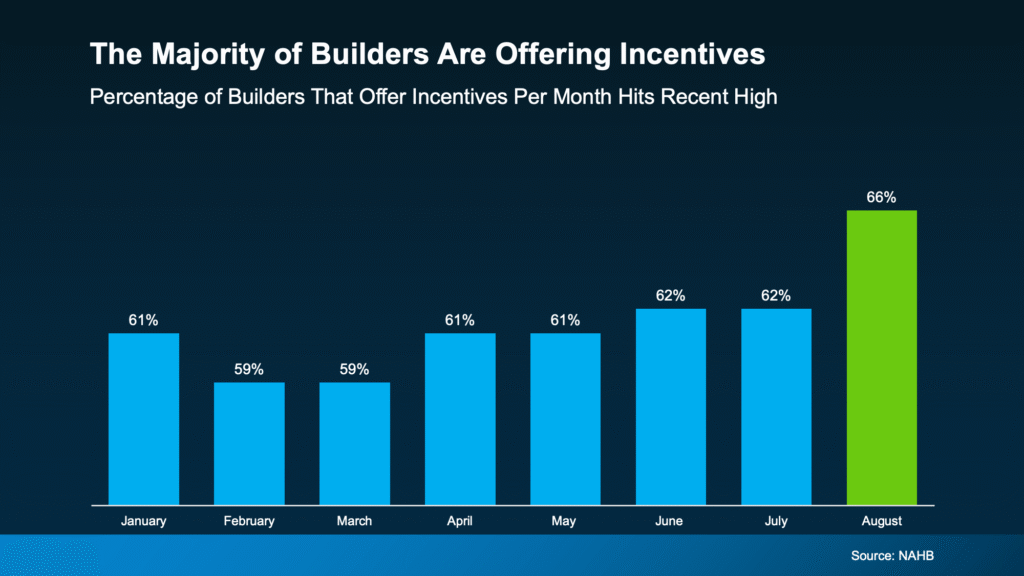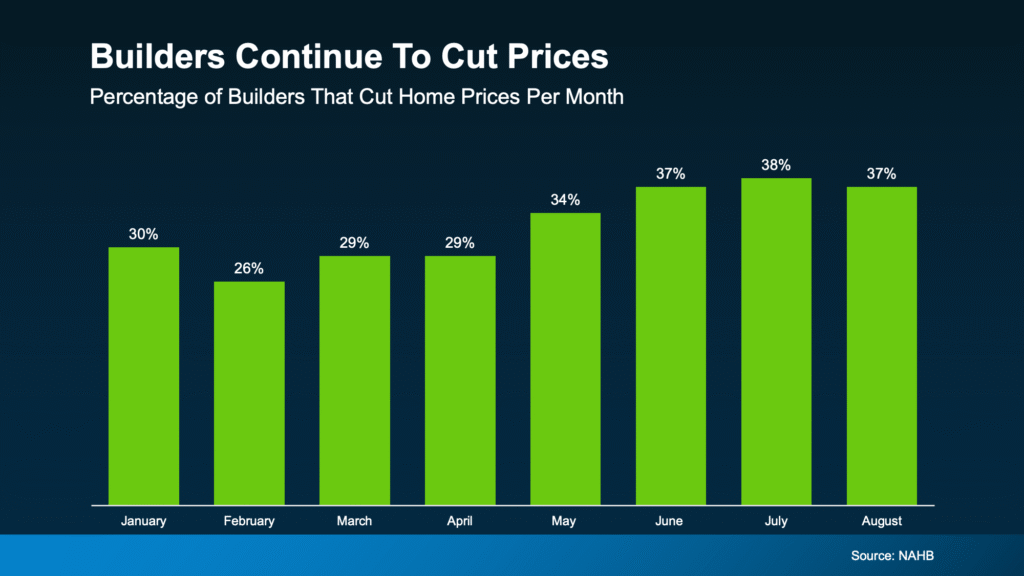The housing market is shifting once again. Even though there are more homes available for sale right now than in recent years, many buyers are still finding it difficult to land the perfect property. Maybe the layout doesn’t fit their lifestyle. Maybe the home feels outdated and in need of too much work. Or maybe it’s just another version of the same kind of property they’ve already toured a dozen times.
That’s why more buyers are exploring new construction—and in many cases, finding some of the best deals on the market today.
Why New Homes Are Attracting More Buyers
The biggest reason new construction is gaining attention is simple: inventory. Right now, many builders are sitting on more finished homes than usual. These are properties already completed, move-in ready, and waiting for buyers. But builders don’t want to hold onto these homes for long. They’re running businesses that depend on turning over inventory quickly so they can begin their next projects.
That motivation translates into opportunity for buyers. When a builder needs to sell, they start offering incentives to make their homes more attractive compared to resale properties. As Lance Lambert, Co-Founder of ResiClub, explains:
“In housing markets where unsold completed inventory has built up, many homebuilders have pulled back on their spec builds—and many are doing bigger incentives or outright price cuts to move unsold inventory.”
In other words, builders are willing to sweeten the deal to keep their business moving forward—and today, those incentives are the strongest they’ve been in years.
Incentives Reach a Five-Year High
According to the latest data from the National Association of Home Builders (NAHB), 66% of builders offered sales incentives in August. That’s not only the highest point so far this year—it’s also the largest share seen in the past five years.

Think about that: two out of every three builders are currently adding something extra to close deals. Whether it’s a lower price, financial assistance, or design upgrades, today’s buyers have a unique opportunity to benefit.
Price Cuts Are Back
Among the incentives being offered, price reductions are one of the most significant. NAHB reports that nearly 40% of builders have been cutting prices, with the average discount coming in at about 5%.

That kind of savings can make a huge difference for buyers. For example, a $500,000 home reduced by 5% translates into a $25,000 price cut. For many, that’s the difference between compromising on a resale property and being able to afford a brand-new home that fits their lifestyle.
But even if a builder isn’t lowering the sticker price, there are other ways they’re helping buyers. According to Realtor.com:
“. . . there are deals to be found in the market for new homes, with builders increasingly willing to negotiate on price or offer incentives such as rate buydowns and closing cost assistance.”
That means even if you can’t get a lower purchase price, you may still walk away with thousands of dollars saved through reduced interest rates, covered closing costs, or upgraded features.
Why This Is Good News for Buyers
Today’s housing market is still competitive in many areas, but new construction offers something unique. Not only do you get the chance to purchase a brand-new home, but you also often benefit from modern layouts and upgrades that resale homes may lack. Common features in today’s new builds include:
- Open-concept kitchens and living spaces
- Energy-efficient designs that lower monthly utility bills
- Built-in smart home technology
- Peace of mind with fewer repairs and maintenance needs in the first few years
Combine those advantages with current incentives, and it becomes clear why so many buyers are turning their attention toward new construction.
A Word of Advice: Don’t Go It Alone
While builder incentives can be enticing, it’s important to approach the process carefully. Remember, the builder’s sales representative works for the builder—not for you. Their job is to maximize profit for their company, not to secure you the best possible deal.
That’s why having your own real estate agent by your side is so important. A qualified agent can:
- Cut through the sales pitch and give you a clear financial picture
- Identify which incentives are genuinely valuable versus those that are just marketing fluff
- Negotiate effectively to ensure you get the best deal
- Represent your interests from contract signing through closing
Bringing your own agent ensures that you’re not just taking whatever’s offered—you’re actually maximizing the opportunities available to you.
Getting The Competitive Edge With A Mortgage Pre-Approval
Getting pre-approved for a mortgage offers several advantages that can make the homebuying process smoother and less stressful. First, it gives you a clear picture of how much you can afford, so you can focus your home search on properties within your budget. It also shows sellers and real estate agents that you’re a serious buyer with financing already in place, which can make your offer stand out in a competitive market. In some cases, being pre-approved can even speed up the closing process since much of the financial vetting is already complete. Overall, pre-approval provides confidence, credibility, and a stronger position when making an offer on a home. Contact a Licensed Mortgage Lender to get started.
Bottom Line
If you’ve been struggling to find the right home on the resale market, now is an excellent time to consider new construction. With builder incentives at their highest level in five years, price cuts back on the table, and added perks like closing cost assistance or rate buydowns, buyers have more leverage than they’ve had in a long time.
In short: builders are motivated to sell, and that works in your favor. If you’re ready to explore your options, team up with a trusted real estate agent and take advantage of the incredible opportunities available in the new home market today.
Source: Keeping Current Matters

Experienced Chief Operating Officer with a 26 + year demonstrated history of working in the banking industry. Skilled in all aspects of the residential mortgage market . Strong business development professional with a Bachelor of Science (BS) focused in Business Administration and Management, from St. Joseph College. A direct endorsement underwriter and a licensed Mortgage Loan Originator.










